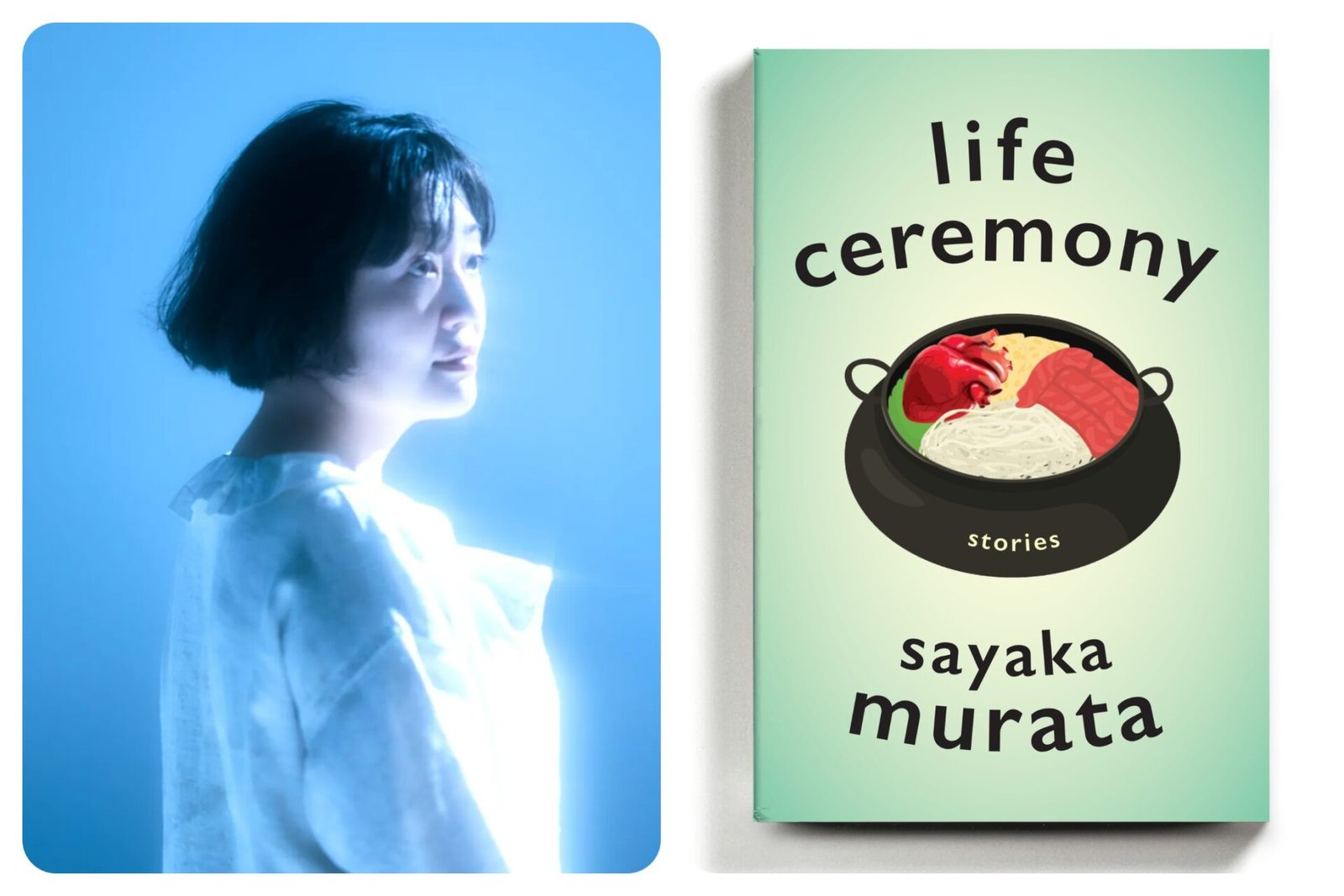A book of modern life in vibrant, distorted detail.
With some trepidation, I started Murata’s new novel. I wasn’t sure what to expect from her second novel, after all, her debut was so popular that I thought it couldn’t possibly interest an aesthete like me.
To my surprise, I was engrossed immediately. Interested and entertained, I teared up reading a twisted-yet-sweet scene between a boy, his dead father, and a wedding veil made from the father’s skin. It’s shocking how easily Murata makes the reader comfortable with the idea of a human-hair sweater, or the idea of using human parts for jewellery. With her deadpan, nonchalant writer’s voice, you not only believe that such concepts could be standard in her conjured world, but she inspires you to question whether maybe these practices would be beautiful and thoughtful ways to remember our dead in the real world too.
After all, people already get made into jewellery and the practice is treated with great reverence, so why not take it further? Use more body parts for more objects like furniture? Fingernail chandeliers? Dried stomach lampshades? Shinbone chairs?
Now, of course, those are a bridge too far. More Ed Gein than heartwarming. But it’s that little illusion that Life Ceremony pulls that makes it so enticing. It lulls the reader into a false reality where these things are commonplace and that our protagonists and us are the odd-ones-out. It even paints these ideals as very tempting. Three women fawn over receiving a wedding ring set with a single tooth because why wear cold stones like diamonds when you can opt for something more human?

And each story after is is just as unique and interesting. Alone, the first story could be up there with the thought-provoking works of Borges and yet there’s more. Each chapter examines its own everyday topic with unusual examples. Chapter two includes three family members who enjoy eating their own equally disgusting foods; Futuristic puree, grubs in sauce and a concoction of weeds and orange juice. Equally strange and equally different and no family member is willing to try another’s.
One of my favourite stories is the most grounded. It’s about eating dandelions. Our writer finds out that dandelions are edible, even the ones growing between the Tokyo concrete, so she hunts some down to eat for dinner. It’s a charming little example of examining your life to find new and interesting things. Even an common weed can be useful.
All in all, it’s a book to read slowly. One story a night is enough for vivid dreams. The prose is grey, pallid and short in a way reminiscent of a Yorgos Lanthimos film, and yet the bizzare situations spring from it with all the more vivaciousness because of it.
